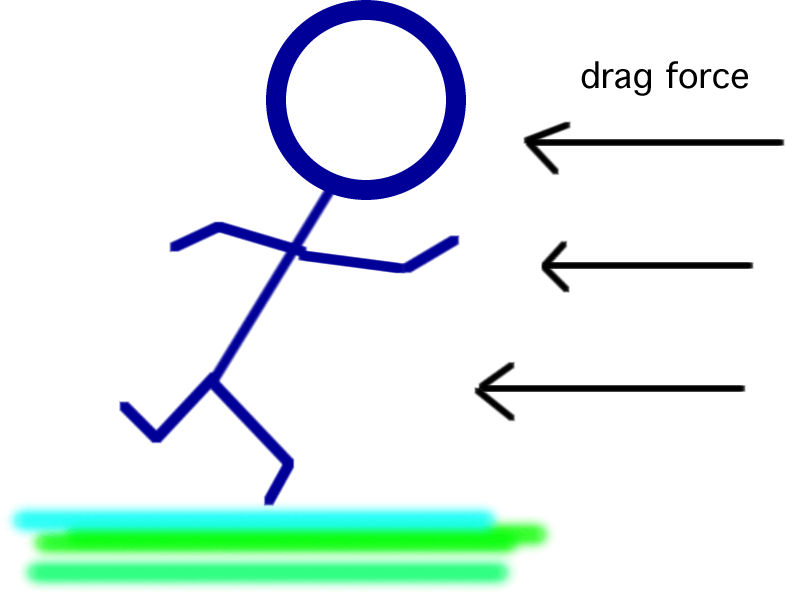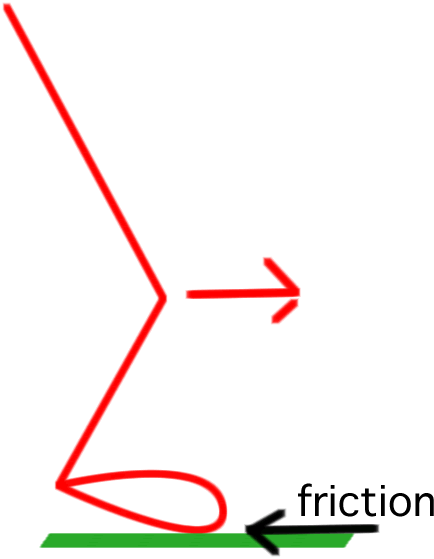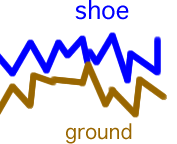
External Forces When Running
According to mechanical physics, a force is an effect that may cause a body to accelerate. Also as stated in Isaac Newton’s second law of motion, force is a vector quantity (has magnitude and direction) that is proportional to the product of the mass of a body and its acceleration.
F = ma : where F is force; m is the mass of the body; and a is the acceleration due to that particular force
When running, there are four important external forces that definitely affect the kinetics of running: drag force, gravity, normal force, and friction.
Drag Force
Due to the interaction with air on Earth, runners experience a resistive force against the airflow. This is called the drag force, or air resistance. The equation for this drag force is given as :
Drag Force = 1/2pvvAD
where p is the density of the fluid (in runner’s case: air); v is the velocity of the runner; A is the cross-sectional area perpendicular to the runner’s velocity; and D is the dimensionless quantity called the drag coefficient.

The drag force is always working against the forward motion of a runner, trying to move them in the negative horizontal direction. Except in cases of very windy weather, the drag force can sometimes be neglected because most runners are able to run easily against the air.
Gravity
Any body with mass has gravity and any two bodies with mass will have a gravitational pull on each other. In general, the magnitude of the force of gravity between two bodies is given as :
F = GMm / d
where G is a gravitational constant; M is the mass of one body; m is the mass of the second body; and d is the distance between the center of mass of each body.
On Earth, this magnitude of gravity is approximately 9.81 m/s and is always pulling vertically down toward the Earth on the runner. The reason the gravity vector is always vertically down and not up toward the runner is because the mass of Earth is so massive compared to the runner. Thus, the runner will feel more of a pull from Earth than Earth feels from the runner.
Normal Force
When running, it is important to not fall through whatever makes up the running path or area. The force responsible for this is called the normal force. When a runner’s foot comes in contact with the ground, the ground exerts a force upward preventing the runner to fall through. The normal force always points up toward a body from the other object or body it is in contact with.

Friction
The purpose of running is to be able to change positions in the horizontal direction quickly. This would be difficult to achieve with the absence of friction. When a runner’s foot comes in contact with the ground, friction occurs between the two objects. Friction is the force that opposes motion and allows the runner’s foot or shoe to grip the ground for balance.
To be more specific, the friction force is basically the normal force. When seen at a microscopic level, the surfaces of objects and bodies are jagged. These jagged peaks lock into each other and both exert a normal force. The more jagged the surfaces, the more friction that occurs.
macroscopic view  microscopic view
microscopic view 
Home | Forces | Pendulums | Center of Mass | Pelvic Rotation | Extras | Bibliography